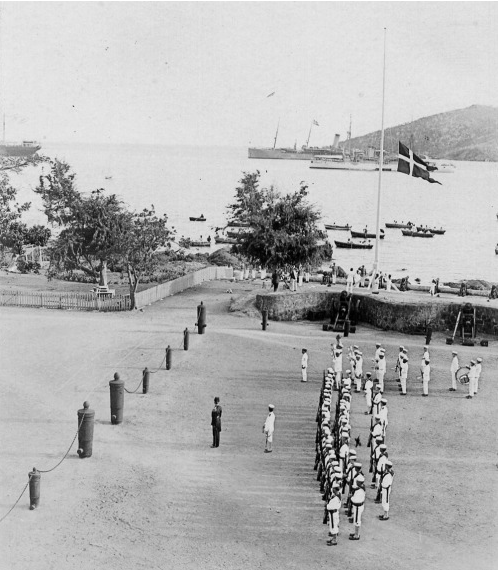
Today marks the 108th anniversary of the historic transfer of the Danish West Indies to the United States of America.
On March 31, 1917, against the backdrop of global uncertainty and mounting fears over Germany’s ambitions, Denmark formally ceded the islands to the United States for $25 million.
The strategic move aimed to protect American interests in the Caribbean—particularly the critical route to the soon-to-be-completed Panama Canal.

At the time, the islands were reeling.
The combined blows of a crippling wartime economy and a devastating hurricane just five months earlier had left the Danish West Indies in dire straits.
The transfer ceremony, held in Charlotte Amalie, was a somber and deeply emotional affair.

Transfer Day

As the Danish flag was slowly lowered and the American flag hoisted into the Caribbean sky, silence swept over the crowd.
A new chapter was beginning, yet few could say what the future would hold.
That poignant moment—captured in rare photographs—marked the end of an era and the uncertain dawn of another.
The Reading of the Proclamation
Standing among the crowd were my great-grandparents, Herman and Emily Creque, both 33 years old, with their four young children by their side.
They watched history unfold with thousands of others—some shedding quiet tears, others cheering with cautious hope.

Acting Governor Henri Konow read the proclamation aloud, his voice carrying through the still air.
As the ceremony drew to a close, he called for one final cheer for the King of Denmark.
The band aboard the Danish cruiser Valkyrien played the Royal Danish anthem one last time.
No one knew then how profoundly this day would shape the destiny of the islands—or the lives of those who called them home.
